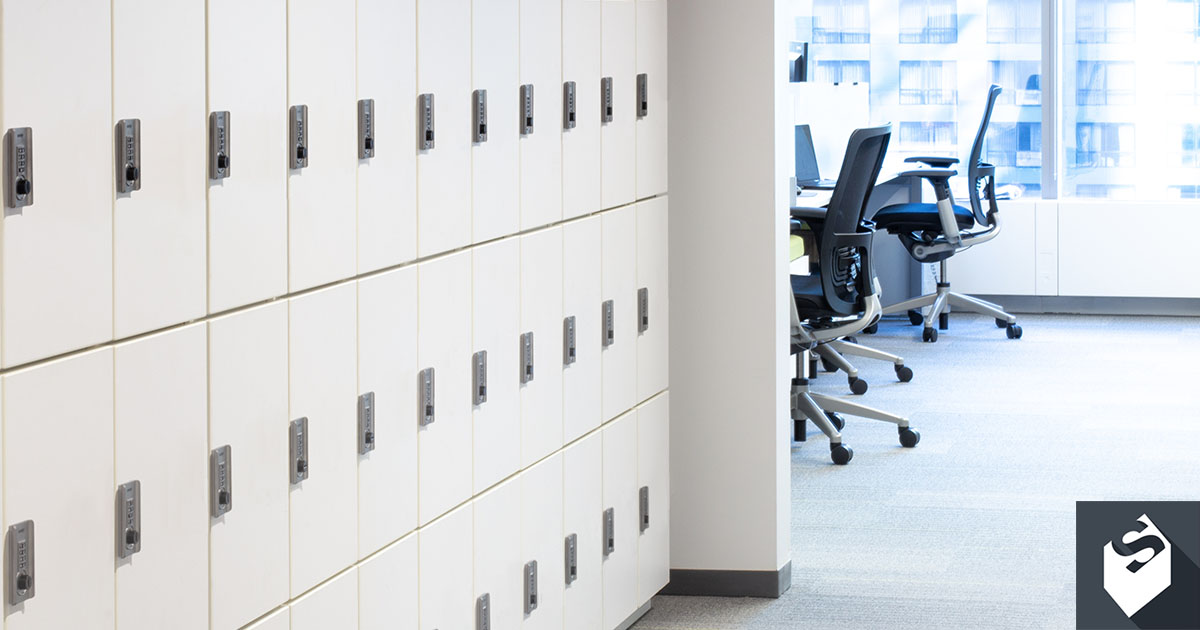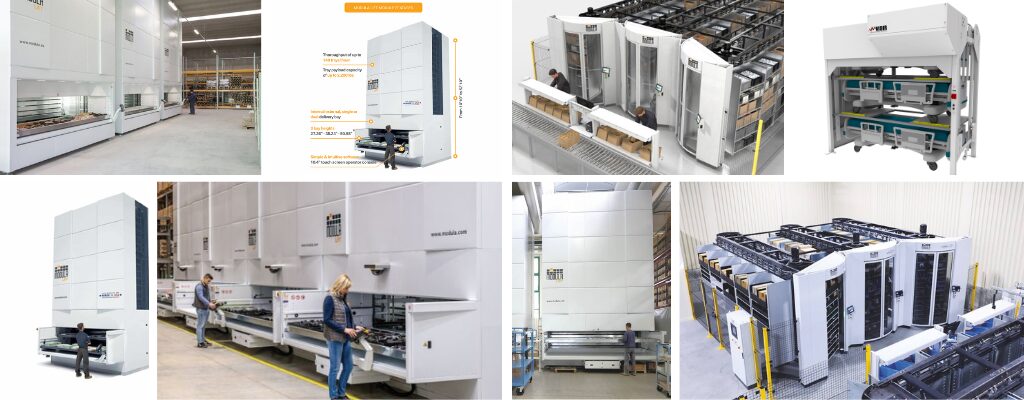
In the ever-evolving landscape of modern workspaces, adaptability and flexibility are key. One area where this is particularly evident is in the management of personal belongings. This is where day lockers come into play. These unassuming storage solutions are quietly transforming the way we work. Day lockers are not just about stashing personal items; they represent a dynamic shift in how modern workplaces cater to the needs of employees, promoting flexibility and security.
The Need for Modern Storage Solutions
The traditional 9-to-5 office is rapidly becoming a relic of the past. The rise of remote work, flexible schedules, and collaborative spaces has redefined the workplace. However, with this shift comes new challenges. Employees are no longer tethered to a single desk or cubicle, making the management of personal belongings a logistical puzzle. Traditional storage solutions, like fixed drawers or cubbies, fall short in meeting the evolving needs of a modern workforce. There’s a growing demand for storage options that are secure, convenient, and flexible enough to accommodate the dynamic nature of contemporary work.
What Are Day Lockers?
Day lockers are a versatile solution to the modern workspace’s storage needs. These lockers, often located in common areas or dedicated zones within the office, offer employees a secure and private space to store their personal items during the workday. Day lockers come in various sizes and configurations, catering to the diverse storage needs of employees. From laptops and bags to gym gear and snacks, day lockers provide a flexible and adaptable storage solution that empowers employees to work from different locations within the workspace.
Advantages of Day Lockers in Modern Workspaces
Enhanced Security and Privacy
In an open and collaborative office environment, privacy and security are paramount. Day lockers provide a secure haven for personal belongings, reducing the risk of theft or unauthorized access. Knowing that their items are safe, employees can focus on their tasks without worry, fostering a sense of trust and peace of mind.
Promoting Flexibility and Mobility
The modern workforce values flexibility and mobility. Employees may move from desk to desk, engage in remote work, or alternate between different office locations. Day lockers enable this lifestyle by providing a central storage solution. Employees can access their belongings from any locker within the workspace, promoting a seamless transition between workstations and supporting flexible work schedules.
Streamlining Office Efficiency
A cluttered workspace is a barrier to productivity. Day lockers play a pivotal role in maintaining an organized and efficient office environment. By offering quick access to personal items, employees spend less time searching for their belongings and more time on productive tasks. This improved efficiency has a ripple effect on overall office productivity.
Implementing Day Lockers in Your Workspace
If you’re considering introducing day lockers to your workspace, here are some practical steps to guide you through the process. From choosing the right locker type and placement to implementing security features and establishing user guidelines, careful planning is key to a successful transition. Moreover, we’ll discuss the potential return on investment (ROI) that can be achieved through improved employee satisfaction and productivity.
Day lockers are more than just storage units; they represent a transformative approach to workplace storage and flexibility. By enhancing security, promoting mobility, and streamlining office efficiency, day lockers empower employees to navigate the modern workspace with ease. As the workplace continues to evolve, embracing solutions like day lockers can make a significant difference in promoting a dynamic and adaptable work environment that meets the needs of today’s workforce.




